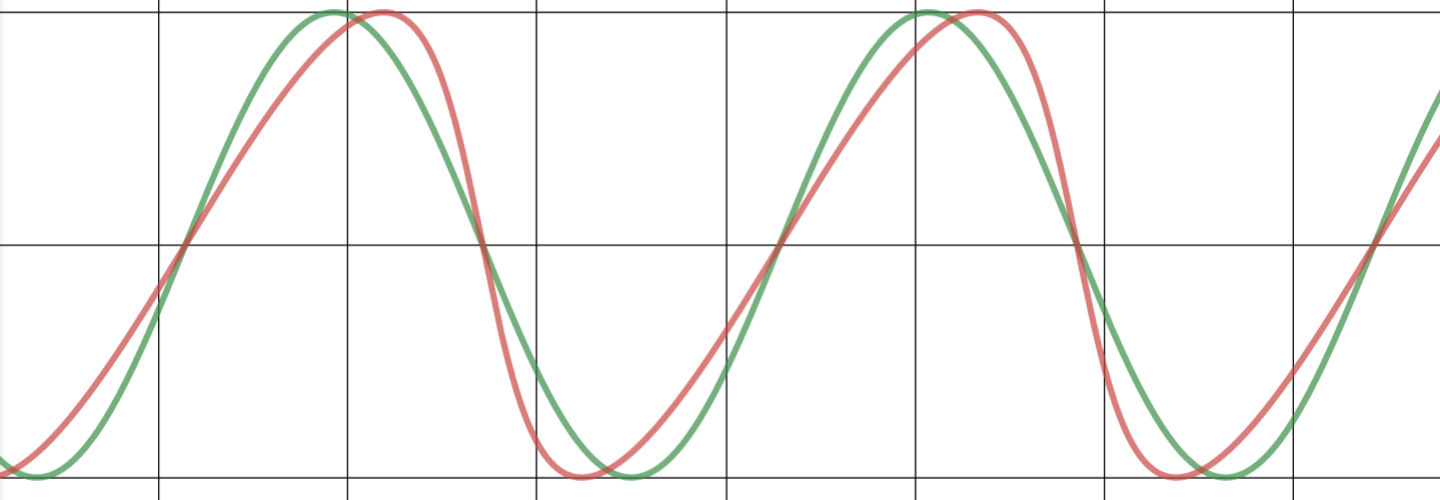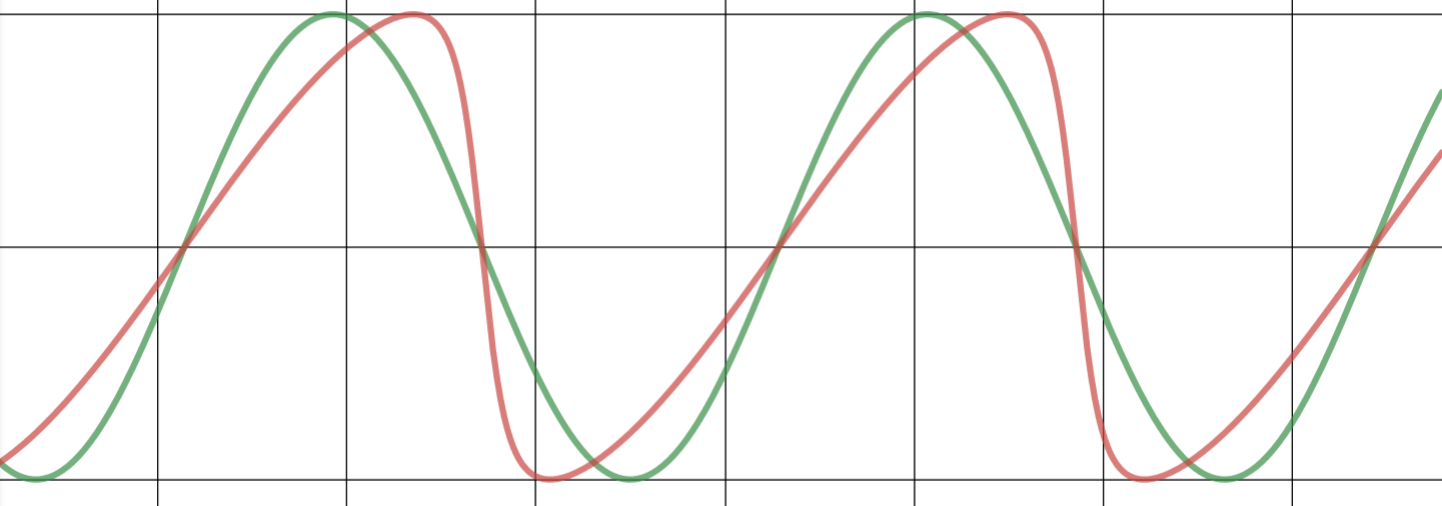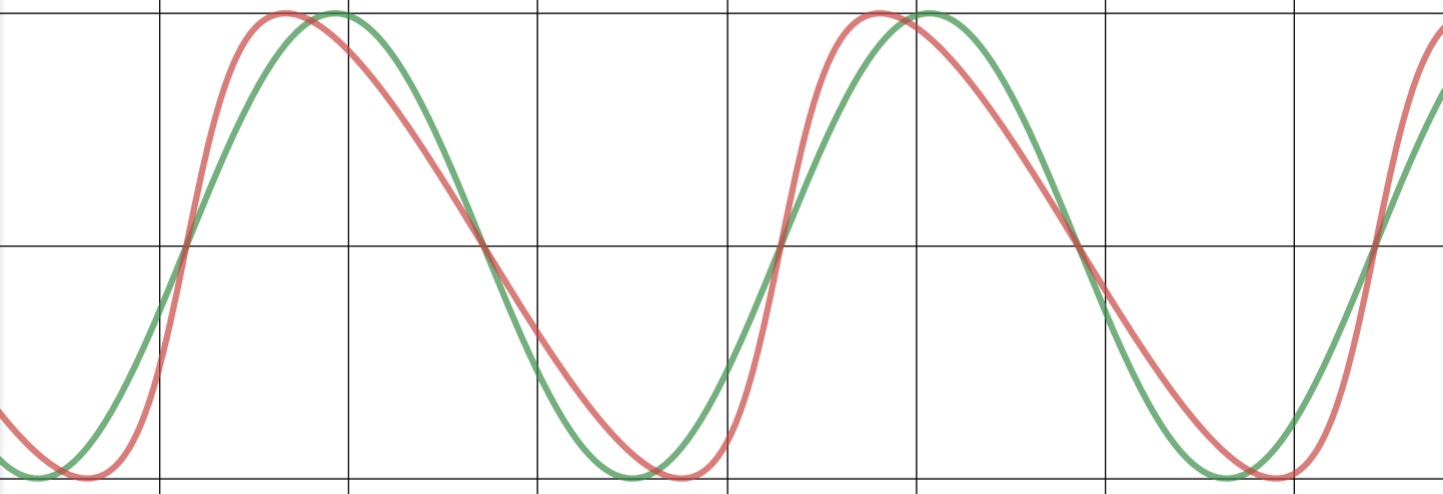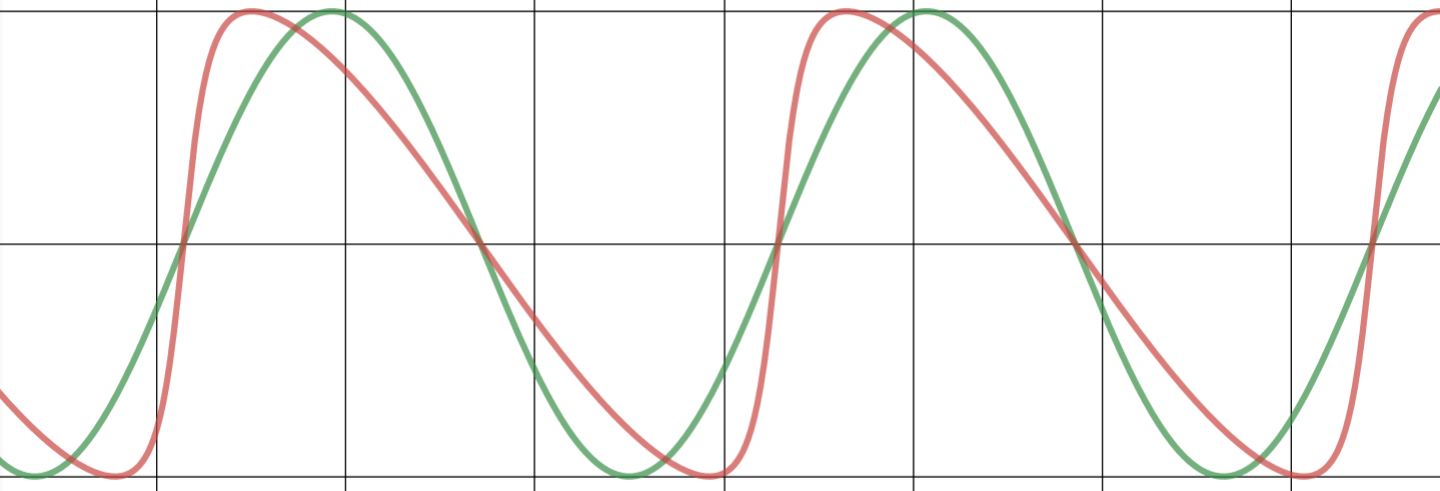Asymmetric Business Cycles and the Skew Factor
Cycle Skew Factor
The business cycle is a fundamental concept in macroeconomics. The economy has been characterized by an increasingly negative cyclical asymmetry over the last three decades.
As a result, booms are increasingly smoother and longer-lasting than recessions.
An extensive literature has examined in detail the statistical properties of this empirical regularity and confirmed that the extent of contractions tends to be sharper and faster than that of expansions. The 'skew factor' allows the representation of an asymmetric shape for business cycles in a cyclic model.
Examples
skew = +0.25
skew= +0.5
skew=+0.75
skew = - 0.25
skew = - 0.5
skew = -0.75
(a+cosx)cosn+bsinxsinn(a+cosx)2+(bsinx)2
Desmos interactive playbook: https://www.desmos.com/calculator/ejq06faf93
Math Equation
To apply the cycle skew, the cycle skew equation is used instead of a pure sin(x) formula:

Where:
a = skew factor
b = 1.0
n = PI / 2
Math LaTeX Code:
\frac{(a+\cos x)\cos n+b\sin x\sin n}{\sqrt{(a+\cos x)^2+\left(b\sin x\right)^2}}Further Reading
- "Skewed Business Cycles" (2020)
https://nbloom.people.stanford.edu/sites/g/files/sbiybj4746/f/skewness_0.pdf - "The Asymmetric Business Cycle" (2012)
https://www.mitpressjournals.org/doi/10.1162/REST_a_00169 - "Leverage and Deepening Business Cycle Skewness" (2017)
https://web.econ.ku.dk/esantoro/images/Skewness.pdf
(a+cosx)cosn+bsinxsinn(a+cosx)2+(bsinx)2





